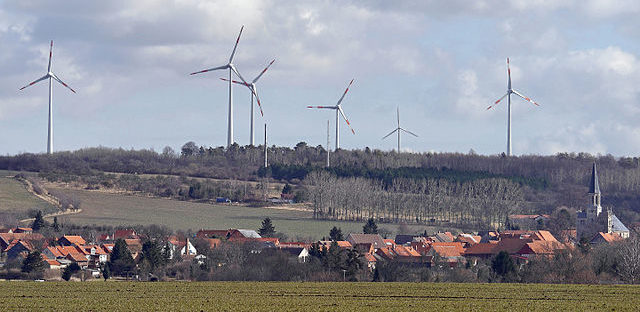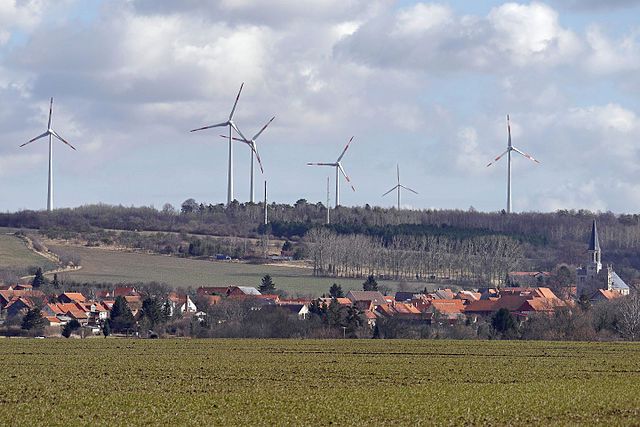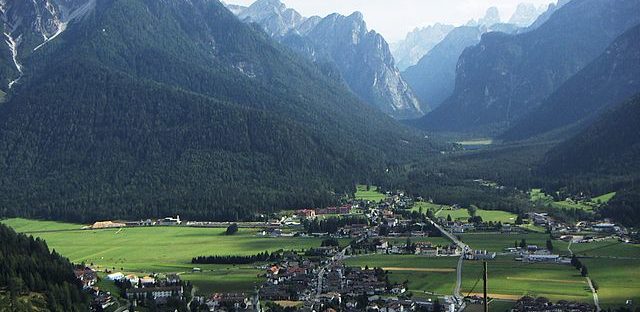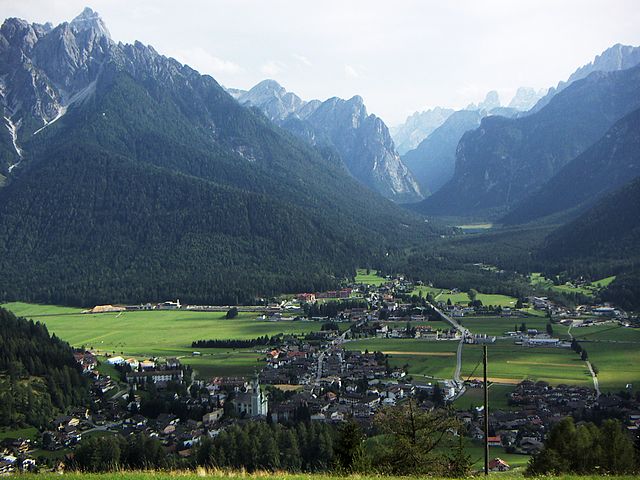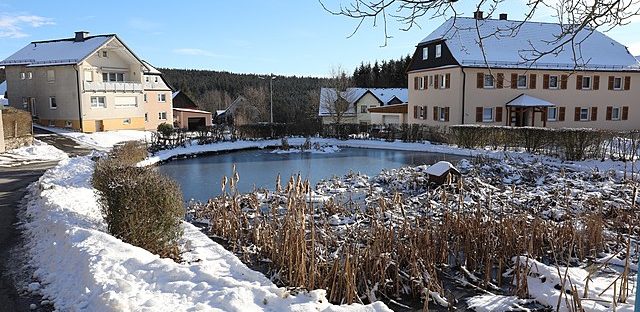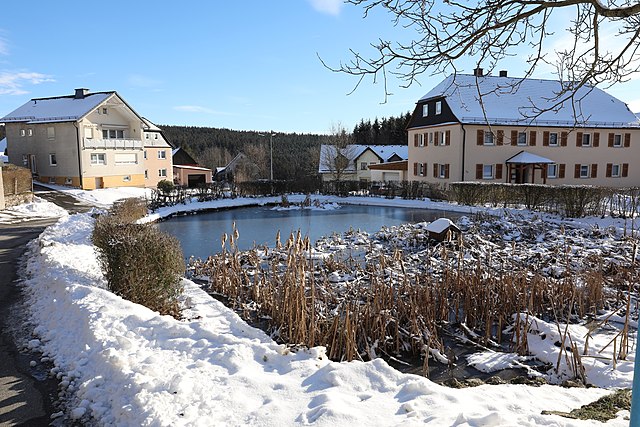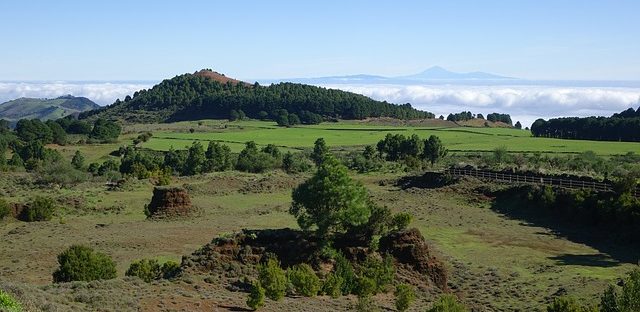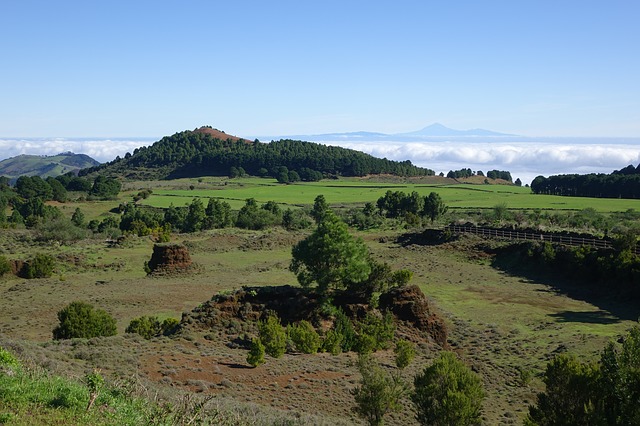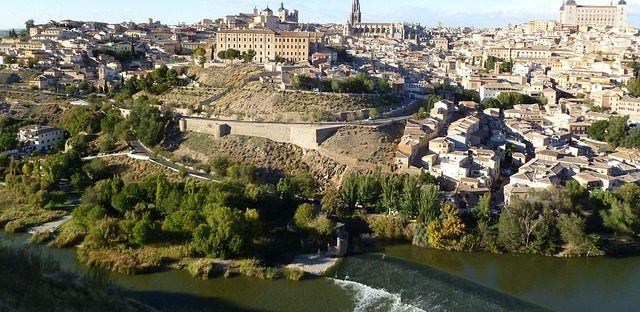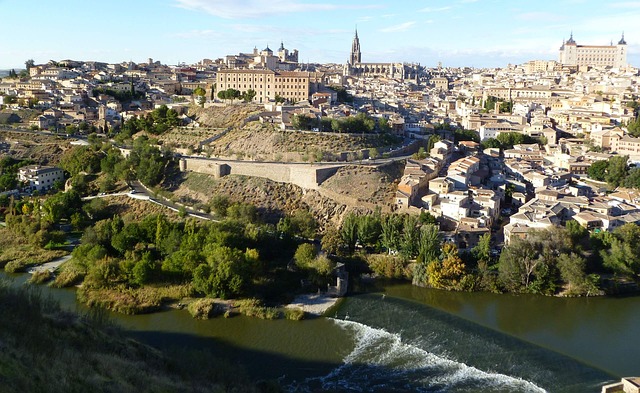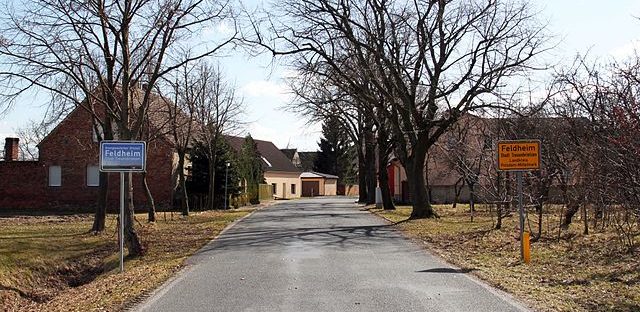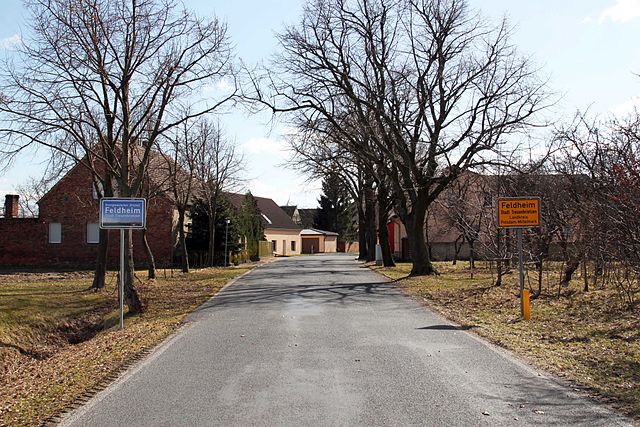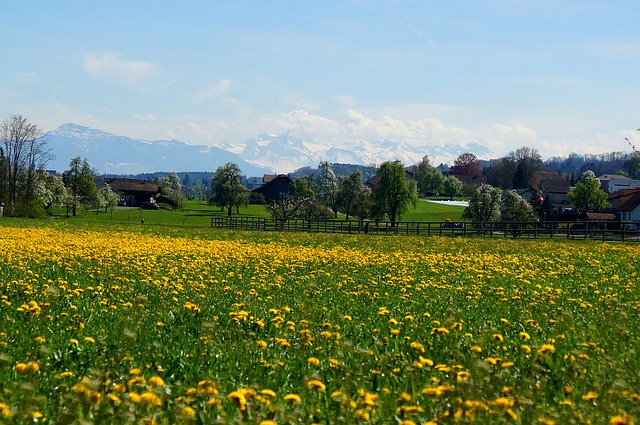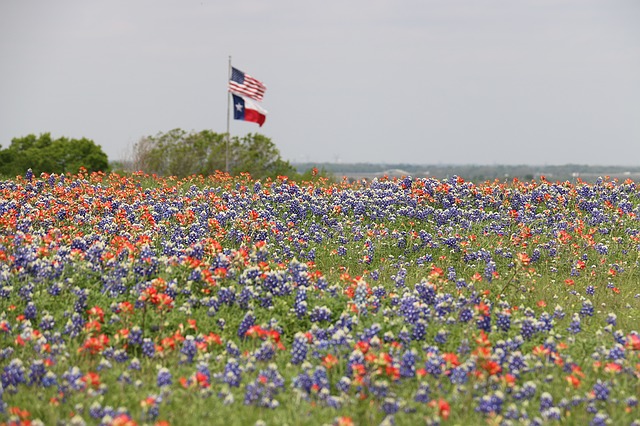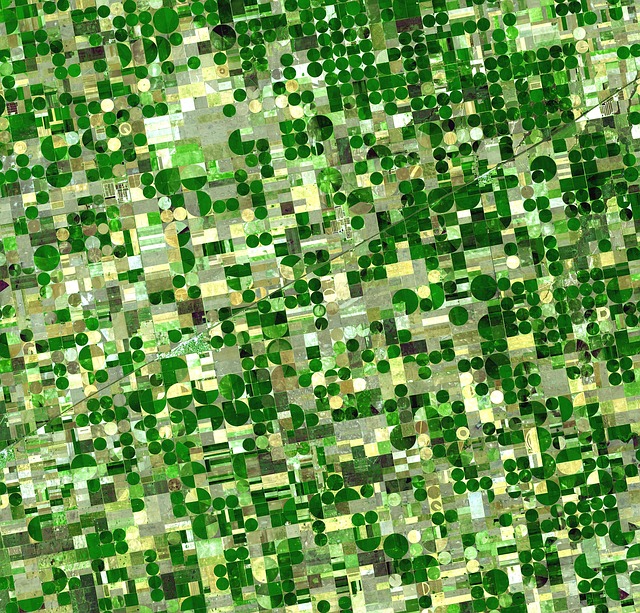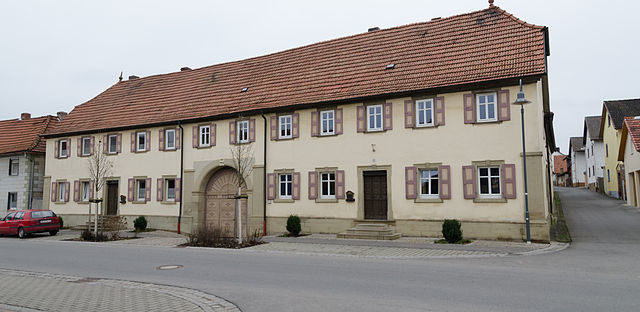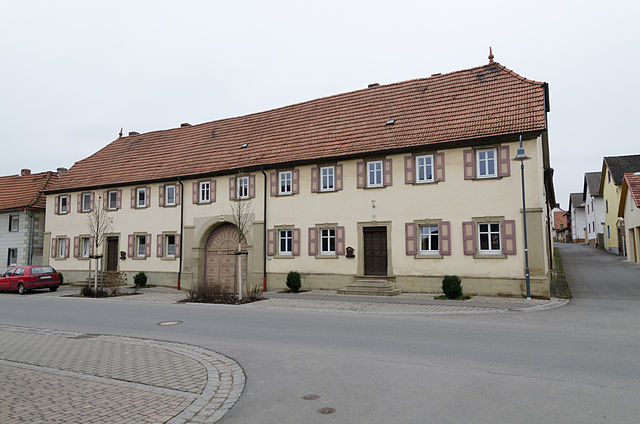- Target: Energy self-sufficiency by becoming independent from fossil-fuel based energy sources.
- Status: Achieved
- RES: 32 wind turbines with a total wind power capacity of 68,9 MW, nine solar power plants, biomass-based heating systems, and household solar collectors.
- Implementation: Dardesheim has pioneered the use of renewable energy sources in Germany since one of the first wind turbines was erected in Saxony-Anhalt in 1993. This windpark expanded in 1994 following an agreement with a wind turbine company. Today, the local hill of Druiberg is covered with 32 wind turbines with a total wind power capacity that is equivalent to about forty times the total annual electricity consumption of Dardesheim or 15 times the overall energy demand, including electricity, heating or cooling and fuel for transportation. By 2017, seven additional wind turbines and a battery storage system have been added to the system. The storage system works to temper the effects of varying wind conditions. Besides wind power, nine solar power plants also produce one third of Dardesheim’s electricity demand since 2005. In addition, household solar collectors on roofs provide warm water and there are several biomass-based heating systems in town. In 2005, two local car companies started to offer the exchange of diesel-fuel driven engines with biodiesel engines fuelled by domestically grown rapeseed oil. Near the town hall, a plug-in station for electric cars was constructed. The success of the town can be attributed to to the transparency accompanying the overall process. The bimonthly published info sheet ”Dardesheimer Windblatt” is delivered to every household free of charge, providing everyone with the latest developments on the Dardesheim energy project. The wind park regularly offers guided tours.
- Population: 750 (2011)
- Area: 0.952 km²
- Link: Dardesheim Energiekommune
Video Player
- In German
